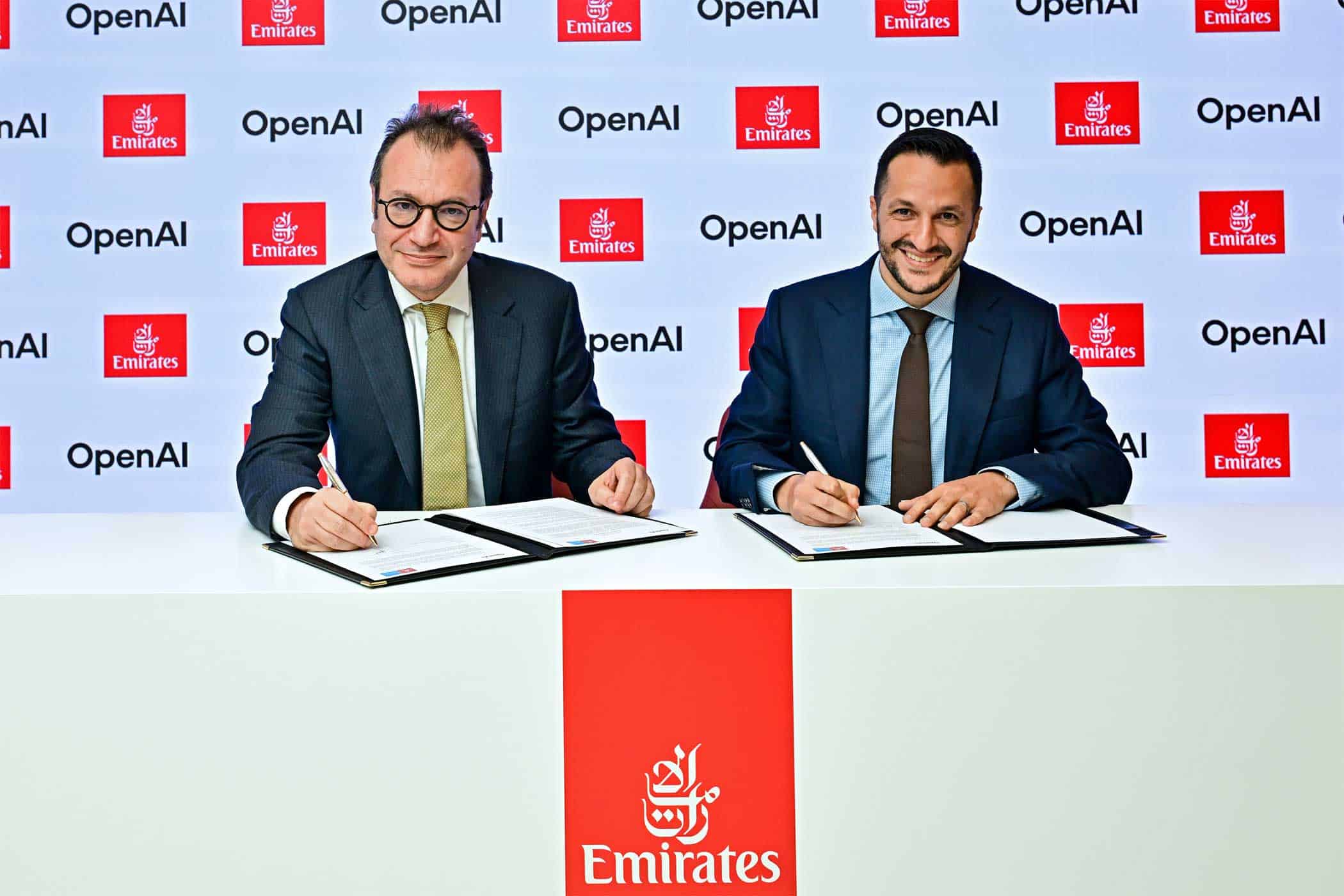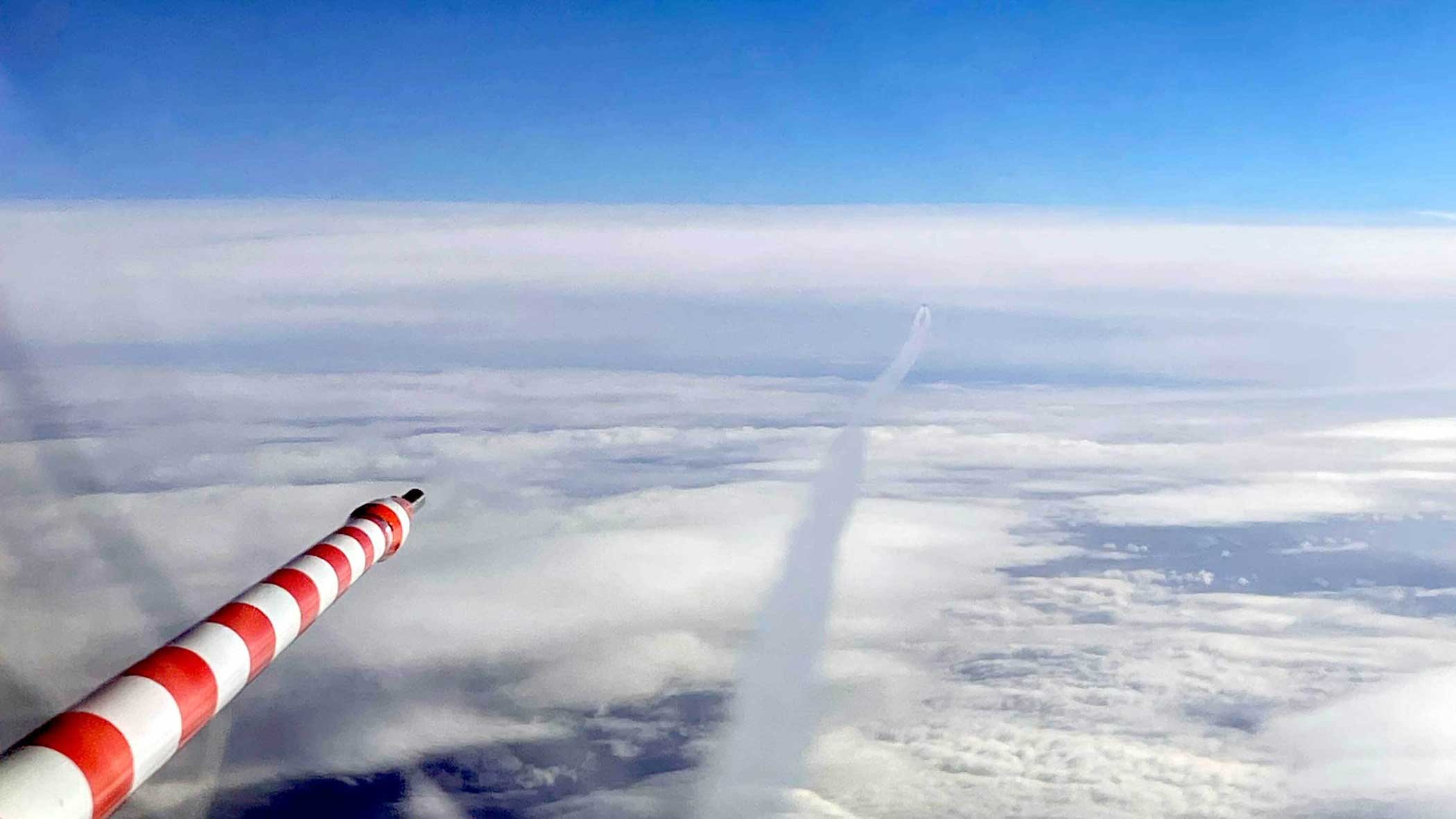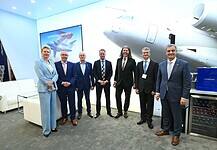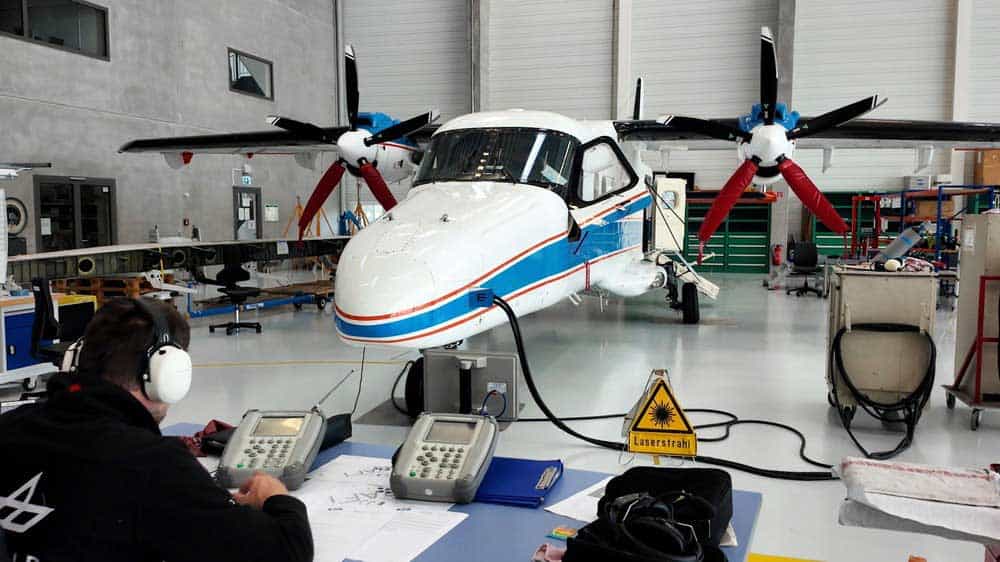
This site is also available on:
Deutsch
Quantum communication via mobile platforms: A milestone for the future
In the world of modern communications, the secure transmission of information represents an essential cornerstone. With increasing interconnectedness and the growing importance of digital data, the risk of unauthorized access by third parties is also growing. Quantum communication offers innovative possibilities for fundamentally improving the security and integrity of data transmission. Particularly noteworthy are the recent successes in transmitting single photons from an aircraft to a ground station, paving the way for a quantum-secure communications network.
This experimental flight project focuses on two central challenges: First, it involves the generation and targeted emission of individual photons — the light-quantized particles—from a moving aircraft, which is already a technical feat. Second, these individual photons must be captured and precisely detected on the ground without losing their quantum mechanical properties. Scientists from various renowned institutes have now proven that this is not only technically feasible but also robust enough to establish multiple quantum channels. This opens up perspectives for quantum key distribution and the construction of a global quantum internet.
Highly complex quantum key distribution technology in practice
Quantum key distribution (QKD) is considered the heart of quantum-secure communication. By using single photons as transmission carriers, quantum cryptographic keys can be generated that make eavesdropping by third parties virtually impossible. The technology utilizes fundamental principles of quantum physics, such as the uncertainty principle and the principle of entanglement, to make any manipulation or eavesdropping attempts immediately detectable.
The latest experiments, conducted as part of the QuNET initiative funded by the German Federal Ministry of Research, Technology and Space, demonstrate practical progress in this field. The German Aerospace Center (DLR), the Max Planck Institute for the Science of Light (MPL), the Friedrich-Alexander University Erlangen (FAU), and several renowned Fraunhofer institutes participated in the project. By combining modern optical communication terminals with innovative detection methods, the reliable transmission of individual photons from an aircraft
to a ground station was possible.
The aircraft, a modified Dornier 228, served as a mobile hub from which quantum information was transmitted. On the ground, a specially developed mobile receiving terminal, the so-called QuBUS from Fraunhofer IOF, received the signals. To optimize the experimental conditions, an ion trap was installed in the MPL laboratory to analyze the quantum mechanical states of the photons.
The results achieved were impressive: They succeeded in setting up and repeatedly measuring various quantum channels, guiding the photons to the test site through a fiber optic connection, and detecting the complex states at the ion trap. These steps demonstrate the high quality and precision of the overall system and mark a significant advance on the path to practical quantum communication systems.
Overcoming large distances thanks to novel quantum communication networks
A crucial problem in the implementation of quantum-safe communication technologies lies in range. Currently, quantum states can only be reliably transmitted over distances of a few hundred kilometers using optical fibers, as losses and decoherence severely impair transmission quality. The use of satellites or mobile platforms such as aircraft, however, opens up the possibility of transmitting quantum information terrestrially over arbitrarily large distances.
Florian Moll of the DLR Institute of Communications and Navigation emphasizes that in the long term, satellites will serve as essential nodes in quantum networks. Aircraft provide an important intermediate stage: They can act as portable, mobile connection points, thus expanding the infrastructure for a global quantum network.
However, the use of communication systems in the air requires sophisticated technology to counteract external interference while still preserving the integral quantum properties of photons. The current flight experiment with the modified Dornier 228 underscores how technical challenges can be overcome: precise tuning of the photon wavelength, robust transmission channels, and advanced detectors enable clear signal detection.
The flexibility of the protocols used is also important. Novel and configurable algorithms for quantum key distribution allow adaptation to changing conditions and ensure communication even under challenging atmospheric conditions. The experiment thus lays a foundation for quantum-based communication networks that will connect quantum memories and quantum computers in the future.
Consequences for secure digital infrastructure and the quantum internet
The demonstration of such quantum communication technologies is not only another scientific achievement, but also has far-reaching practical implications for security and data protection. Quantum key distribution is particularly important for governments and authorities, as it can effectively protect sensitive information from attacks.
In addition to government applications, secure communication is gaining importance in various areas of life: From critical infrastructures such as power grids and transportation systems to private data transmission, information needs to be protected against attempts at eavesdropping and manipulation in the long term. On this basis, a trustworthy digital society can emerge.
Furthermore, the technology is a building block for the future quantum internet, which will enable quantum computers and storage devices to be connected worldwide and quantum information to be transmitted. By building such a network, previously unsolvable problems in information processing can be addressed and novel technologies developed.
Experiments like the current flight tests demonstrate that the path to such complex quantum networks is technically feasible. The results provide important insights into the efficiency of quantum channels and the stability of quantum protocols under real-world conditions, significantly advancing future developments.
Conclusion: A significant step towards quantum-secure communication on a global level
The successful transmission of individual photons from an aircraft to a ground station, as well as their capture and analysis using an ion trap, represents a significant advance in quantum technology. The experiments conducted as part of the QuNET initiative set new standards for the practical implementation of quantum-secure communication and simultaneously open up new possibilities for the construction of global quantum networks.
The integration of mobile platforms as nodes within quantum networks, coupled with precise instrumentation and flexible communication protocols, provides a solid technical foundation for applications beyond limited fiber optic ranges. Satellites and aircraft will thus become key factors in the future fabric of quantum-based infrastructures.
These developments are of great importance both for cybersecurity and for scientific and economic advances. They promise to complement traditional communication channels with innovative and secure concepts and usher in a new era of digital networking. The participation of numerous leading research institutions further underscores the interdisciplinary nature and high relevance of this future-oriented field.
Overall, the latest experiments mark a significant step forward toward the quantum internet and quantum key distribution, which will fundamentally transform and secure future communication. They demonstrate that the use of photons in conjunction with state-of-the-art measurement technology and sophisticated protocols is already practical and technologically mature enough to meet the high requirements for security and performance.

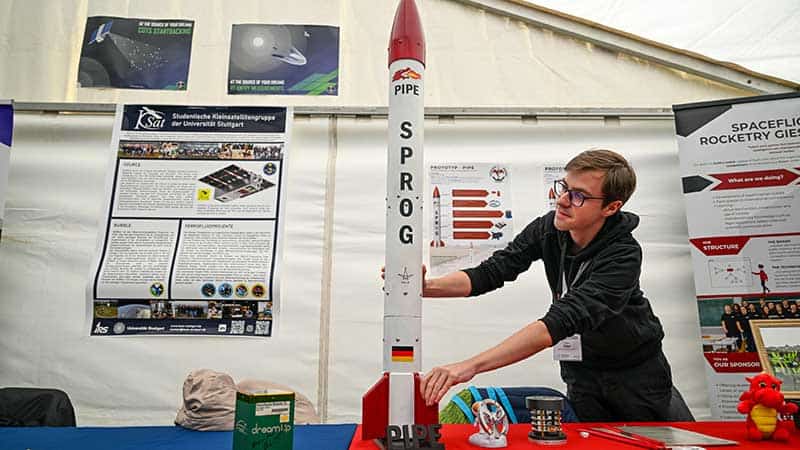 Wacken Open Air: Interstellar meeting place for space enthusiasts (Wacken Open Air: Interstellar meeting place for space enthusiasts)
Wacken Open Air: Interstellar meeting place for space enthusiasts (Wacken Open Air: Interstellar meeting place for space enthusiasts) Strong Martian winds and dust devils: Insights thanks to deep learning and camera technology (Strong Martian winds and dust devils: Insights thanks to deep learning and camera technology)
Strong Martian winds and dust devils: Insights thanks to deep learning and camera technology (Strong Martian winds and dust devils: Insights thanks to deep learning and camera technology)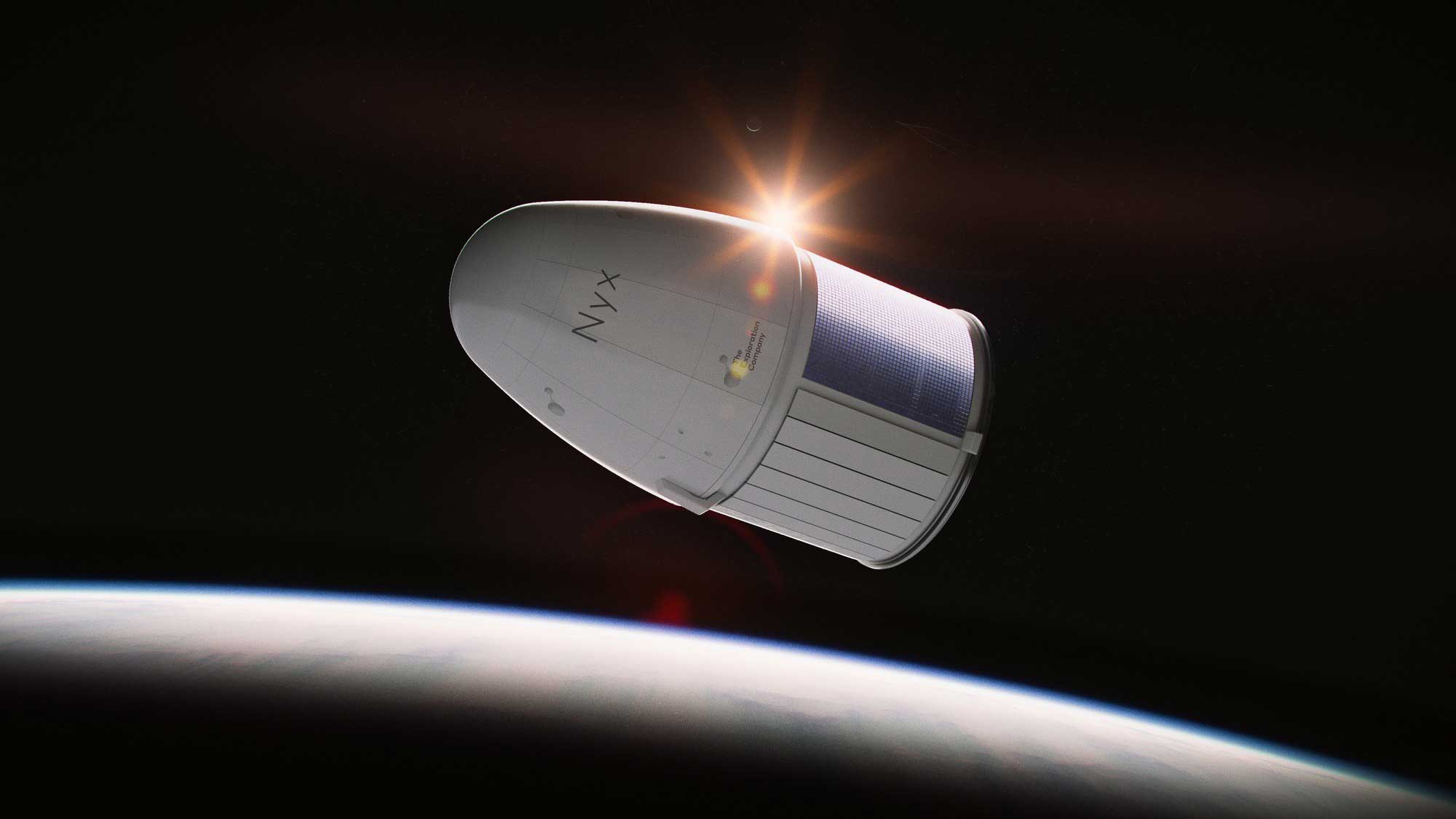 Space research: DLR buys flights on the “Nyx” space capsule (Space research: DLR buys flights on the “Nyx” space capsule)
Space research: DLR buys flights on the “Nyx” space capsule (Space research: DLR buys flights on the “Nyx” space capsule)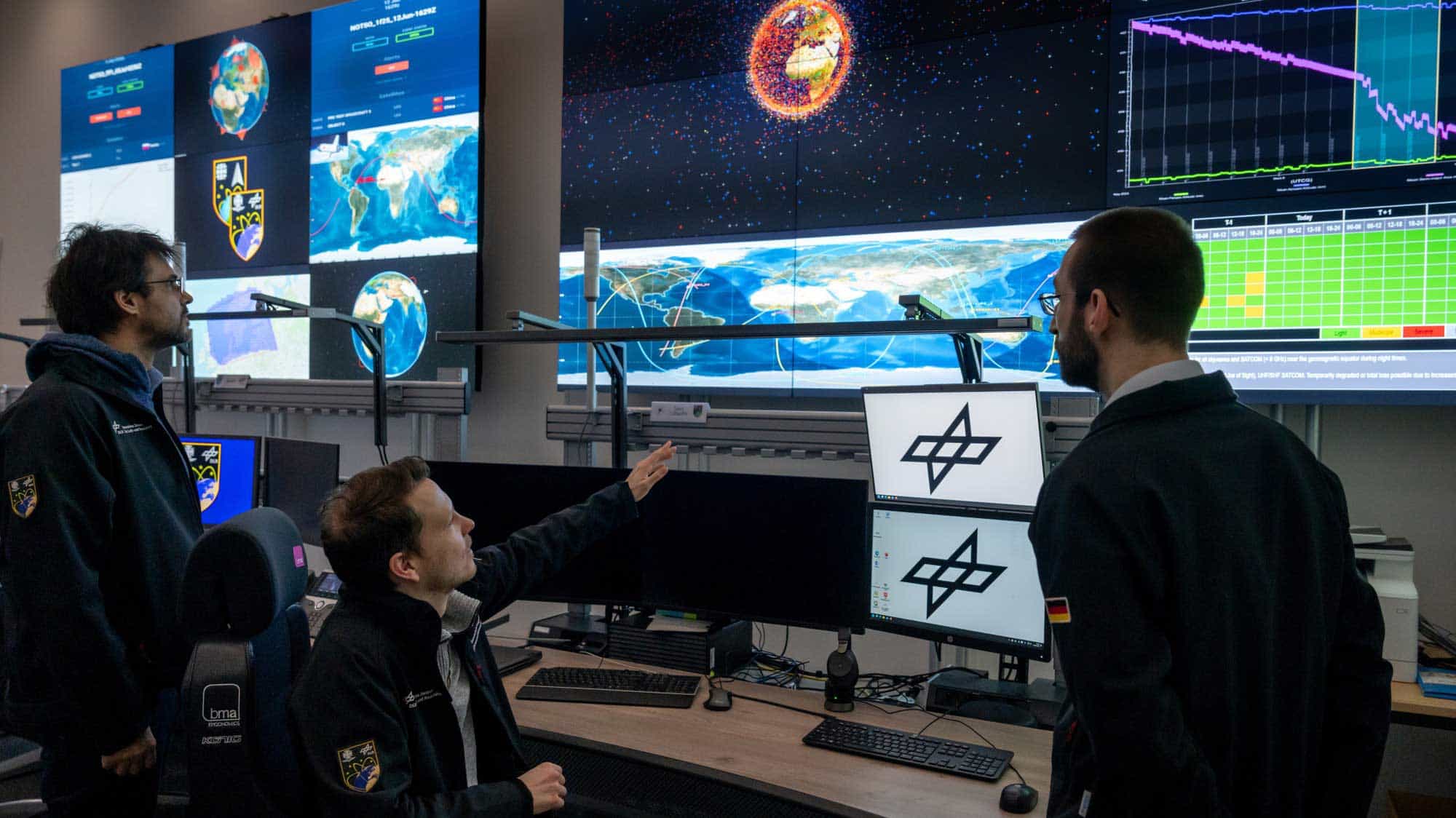 Safety in orbit: DLR & Bundeswehr use Uedem Space Situational Awareness Center (Safety in orbit: DLR & Bundeswehr use Uedem Space Situational Awareness Center)
Safety in orbit: DLR & Bundeswehr use Uedem Space Situational Awareness Center (Safety in orbit: DLR & Bundeswehr use Uedem Space Situational Awareness Center)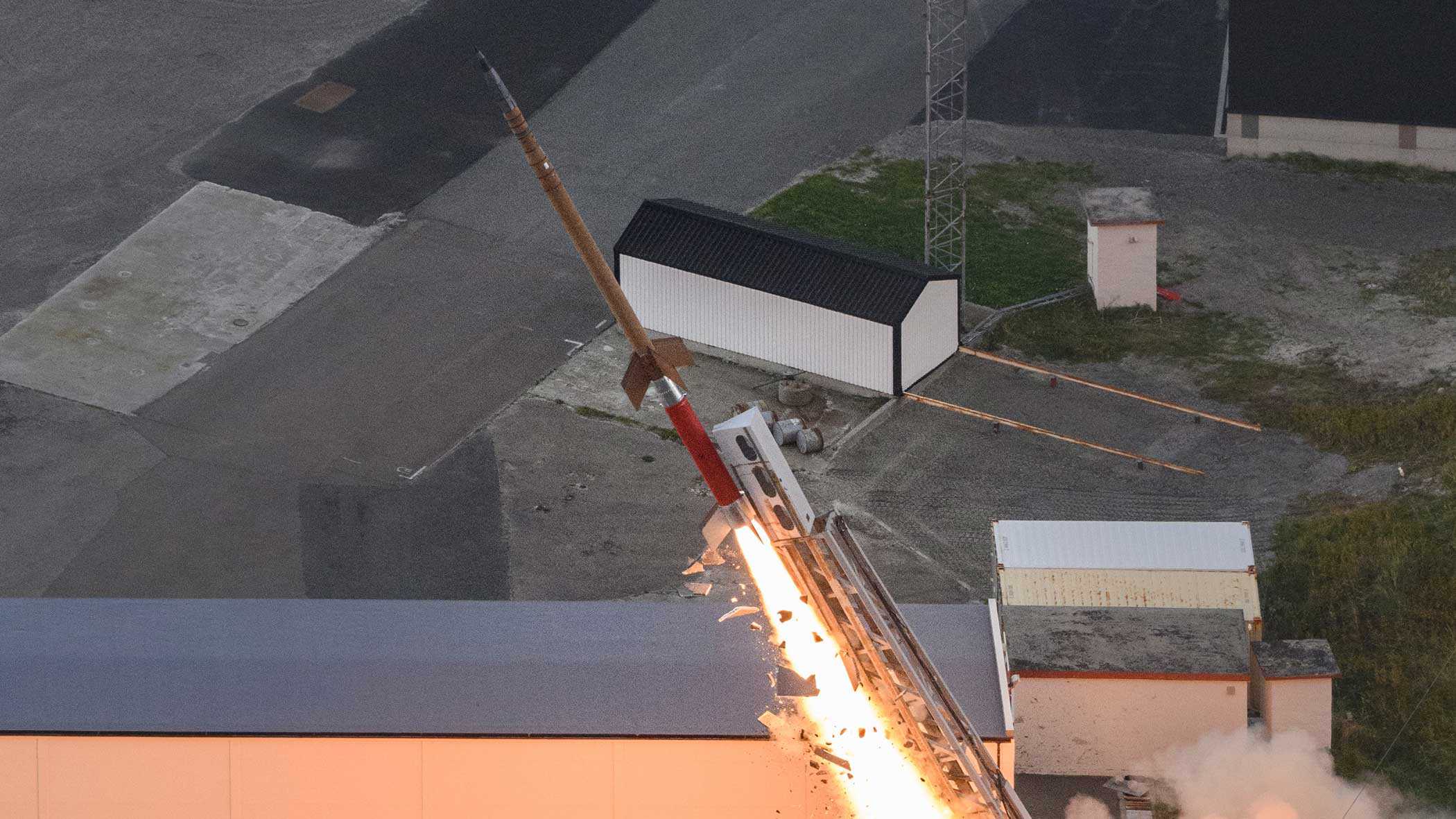 Reusable spacecraft: DLR’s ATHEAt flight experiment (Reusable spacecraft: DLR’s ATHEAt flight experiment)
Reusable spacecraft: DLR’s ATHEAt flight experiment (Reusable spacecraft: DLR’s ATHEAt flight experiment) NRW, ESA and DLR expand SpaceHub Cologne (NRW, ESA and DLR expand SpaceHub Cologne)
NRW, ESA and DLR expand SpaceHub Cologne (NRW, ESA and DLR expand SpaceHub Cologne)

